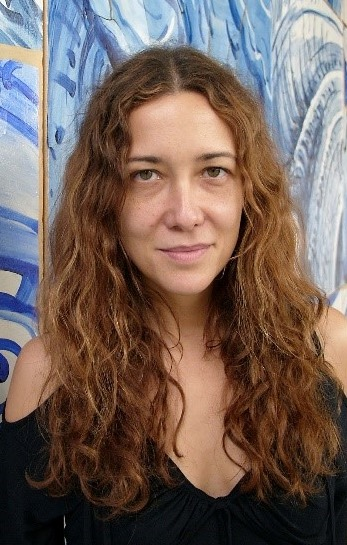
Adriana Varejão
Adriana Varejão employs Baroque tactics such as simulation, juxtaposition, and parody in her diverse oeuvre. She reflects on the mythic pluralism of Brazilian identity and the complex social, cultural, and aesthetic interactions that shaped it. Drawing from a rich visual legacy influenced by colonialism and transnational exchange, Varejão creates hybridized forms in her work.
Biography of Adriana Varejão
Adriana Varejão was born in Rio de Janeiro and attended the Escola de Artes Visuais do Parque Lage from 1983 to 1985. Beginning in 1986, she started experimenting with oil painting.
In 1992, Varejão traveled to China for three months. During her time there, she studied Song dynasty ceramics and classical Chinese landscape painting. This experience prompted her to contemplate how Eurocentric narratives often distort or erase the histories of different artistic methods and motifs. Subsequently, she embarked on a series of paintings.
After returning from China, Varejão began gathering various examples of regional Brazilian folk art, including ex-votos and azulejos. The azulejos are glazed terra-cotta tiles of Arab origin that have been widely used in Portuguese national art since the Middle Ages. Varejão found the azulejo and its significance in Brazil as a symbol for both forced and voluntary cultural blending intriguing. This led her to develop her "Azulejão" ("Big Tile)" paintings from 1988 onwards.
The Galeria Adriana Varejão, a custom-designed pavilion, was inaugurated in 2008 at the Inhotim Centro de Arte Contemporânea in Brumadinho, Brazil. Then, in 2012, Varejão's solo exhibition "Histórias às Margens" debuted at the Museu de Arte Moderna de São Paulo. The exhibition later traveled to the Museu de Arte Moderna do Rio de Janeiro and the Museo de Arte Latinoamericano de Buenos Aires.
In 2019, Varejão was the focus of two survey exhibitions. The first, "Adriana Varejão: Por uma retórica cannibal," opened at the Museum of Modern Art of Bahia, traveling later to Mamam in Recife. The second exhibition, "Adriana Varejão: Otros cuerpos detrás," took place at the Museo Tamayo in Mexico City. Additionally, "Suturas, fissuras, ruínas," a retrospective featuring more than sixty works, opened at Pinacoteca do Estado de São Paulo in 2022.
Adriana Varejão's Art Style
Adriana Varejão's early work reimagined the ornate Baroque frescoes and religious relics found in the eighteenth-century churches of Ouro Preto, Minas Gerais, Brazil, using thick impasto techniques.
In works during her time in China, familiar iconographies such as maps, religious imagery, and colonial genre scenes are interrupted by simulated bloody gashes, fleshy extrusions, or more subtle narrative subversion. Varejão's art from this period explicitly references the violence and eroticism of Brazilian history, drawing inspiration from the spirit of antropofagia. This concept, a central idea in Brazilian modernism, reclaims the anthropophagic rituals of the Tupi people. It transforms the social taboo of cannibalism into a symbolic totem of cultural absorption in postcolonial Brazil.
Recent years have seen Adriana Varejão develop a growing interest in the cultures of pre-Hispanic, colonial, and modern Mexico. In January 2017, she visited Puebla as a guest of the Museo Amparo to study local Talavera and Cholula polychrome pottery. Varejão's engagement with Talavera has led to a new direction in her paintings. Here, clean shapes and bright hues of hard-edge abstraction intersect with pre-Hispanic artisanal traditions.
Years:
Born in 1964
Country:
Brazil, Rio de Janeiro
Personal website